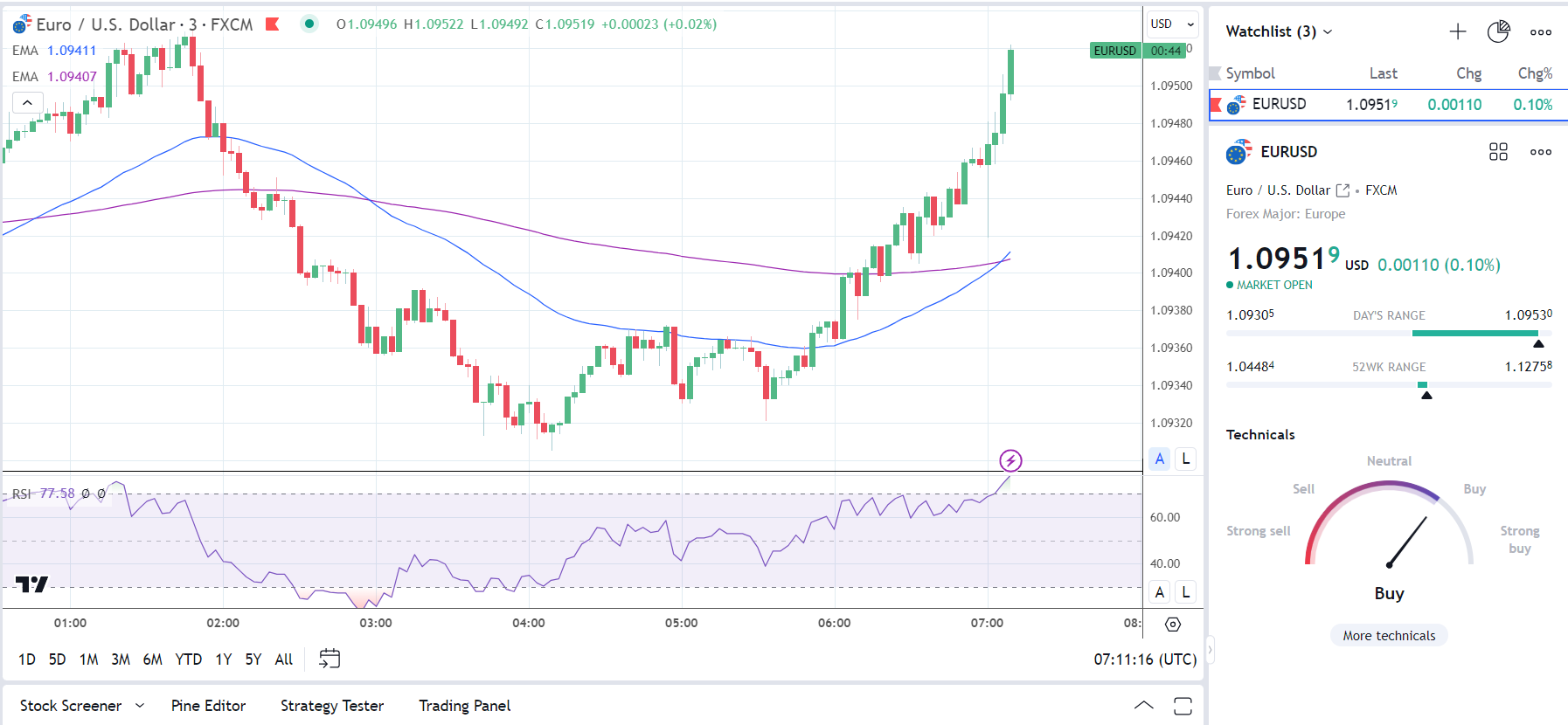
Despite weak factory orders, the German trade data indicates that the German economy may be able to steer clear of a prolonged recession due to an improving demand environment.
On Monday, the focus was on the German economy amid growing anticipations of a recession in the euro area.
In November, German factory orders displayed a slight 0.3% incline, partially offsetting a 3.8% decline in October, which fell short of economists' anticipated 1.0% rise.
According to data from Destatis:
The German trade surplus expanded from €17.7 billion to €20.4 billion in November, surpassing economists' projected surplus of €17.9 billion.
Based on data from Destatis:
With factory orders stabilizing post a notable decline in October but showing a lackluster performance in mid-Q4 2023. Nonetheless, improved trade terms are expected to alleviate concerns about a prolonged recession in the euro area. The noteworthy increase in demand from China stood out in the November report.
The EUR/USD reached a peak of $1.09530 prior to the release of the German economic indicators, before dropping to a low of $1.09305.
Following the publication of the statistics, the EUR/USD declined to a low of $1.09419, but subsequently rebounded to $1.09522.
On Monday, the EUR/USD saw a 0.10% increase, reaching $1.09519.

080124 EURUSD 3 Minute Chart
Coming up next, the Eurozone will shift its attention to key economic indicators on Monday. There will be a particular interest in the release of Eurozone retail sales and economic sentiment figures. Notably, recent retail sales data from Germany point to a noticeable decrease in consumer spending across the euro area. A larger-than-anticipated decline in retail sales could reignite concerns about a potential recession.
Conversely, a positive surprise in the economic sentiment figures for December could help mitigate the potential impact of declining retail sales. Economists are projecting a 0.3% drop in retail sales for November, following a 0.1% increase in October. Additionally, they anticipate an increase in economic sentiment from 93.8 to 94.1 in December.
Later on Monday, the focus will shift to US consumer inflation expectations, marking the commencement of inflation week, which will also feature the US CPI Report and US producer prices on Thursday and Friday. This week's market dynamics are likely to be influenced by expectations surrounding a potential Q1 Fed rate cut.
Economists are anticipating a decrease in Consumer Inflation Expectations from 3.4% to 3.3%. Amidst these developments, investors should also keep a close eye on remarks from Fed speakers, with FOMC voting member Raphael Bostic scheduled to speak on Monday.

Subscribe to our daily newsletter and get the best forex trading information and markets status updates
Trade within minutes!
Comment (0)